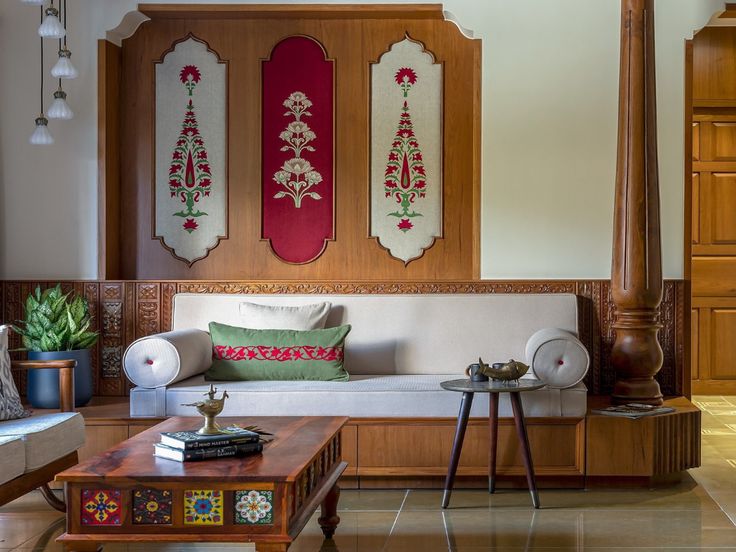the realm of interior design and structural renovations, the Indian market has witnessed a paradigm shift with the advent of end-to-end modular solutions. As the demand for personalized and functional living spaces grows, homeowners are increasingly turning to modular interiors and structural renovators to revamp their homes. This article explores the comprehensive world of end-to-end modular solutions, highlighting their benefits, trends, and the transformative impact they can have on Indian homes.
I. The Rise of Modular Interiors:
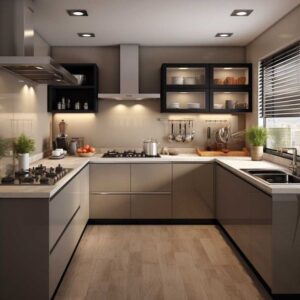
A. Definition and Concept: Modular interiors refer to the use of pre-fabricated and standardized components that can be easily assembled and disassembled, providing a flexible and efficient way to design living spaces. This approach allows for a seamless blend of aesthetics, functionality, and sustainability.
B. Customization and Personalization: One of the key advantages of modular interiors is the ability to customize every aspect of the design. From kitchen cabinets to wardrobe systems, homeowners can choose from a range of finishes, materials, and layouts to suit their taste and lifestyle. This level of personalization is especially appealing to the Indian market, where diverse cultural and regional preferences abound.
C. Time and Cost Efficiency: Traditional interior design and renovations often involve prolonged timelines and unpredictable costs. Modular solutions, on the other hand, streamline the process by minimizing on-site work and utilizing factory precision. This not only reduces the overall project duration but also ensures cost-effectiveness, making it an attractive option for Indian homeowners with busy schedules and budget constraints.
II. Structural Renovations: Enhancing the Foundation
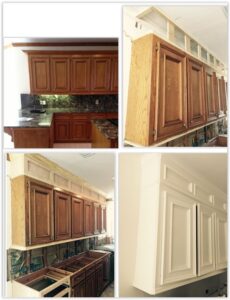 A. Adapting to Modern Lifestyles: Indian homes, with their rich cultural heritage, often need structural adaptations to accommodate modern lifestyles. Structural renovations involve changes to the foundational aspects of a home, addressing issues such as layout inefficiencies, outdated infrastructure, or the integration of smart home technologies. This comprehensive approach ensures that the home not only looks appealing but also functions seamlessly.
A. Adapting to Modern Lifestyles: Indian homes, with their rich cultural heritage, often need structural adaptations to accommodate modern lifestyles. Structural renovations involve changes to the foundational aspects of a home, addressing issues such as layout inefficiencies, outdated infrastructure, or the integration of smart home technologies. This comprehensive approach ensures that the home not only looks appealing but also functions seamlessly.
B. Sustainable Upgrades: As environmental consciousness becomes more prevalent, structural renovators are incorporating sustainable practices into their designs. From energy-efficient lighting systems to the use of eco-friendly building materials, the focus is on creating homes that are not only aesthetically pleasing but also environmentally responsible.
III. The Integration of Technology:
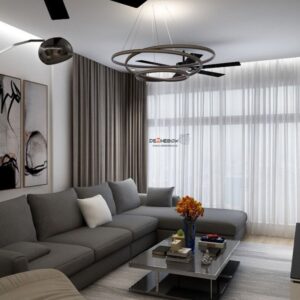
A. Smart Homes for Modern Living: In the era of smart living, the integration of technology plays a pivotal role in home design. End-to-end modular solutions incorporate smart home features seamlessly, allowing homeowners to control lighting, temperature, security, and entertainment systems with the touch of a button. This trend is gaining popularity in India as families embrace the convenience and efficiency of smart living.
B. Virtual Reality (VR) in Design: Advancements in technology have brought virtual reality into the world of interior design. Homeowners can now experience their new spaces before the construction begins, allowing for real-time modifications and adjustments. This not only enhances the design process but also ensures that the final result aligns perfectly with the homeowner’s vision.
IV. Emerging Trends in Indian Homes:
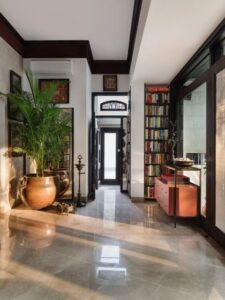 A. Fusion of Traditional and Modern: Indian homes often reflect a beautiful amalgamation of tradition and modernity. The latest trends in modular interiors and structural renovations emphasize the fusion of traditional design elements with contemporary aesthetics. This could include incorporating traditional craftsmanship into modern furniture designs or preserving architectural features while upgrading the overall structure.
A. Fusion of Traditional and Modern: Indian homes often reflect a beautiful amalgamation of tradition and modernity. The latest trends in modular interiors and structural renovations emphasize the fusion of traditional design elements with contemporary aesthetics. This could include incorporating traditional craftsmanship into modern furniture designs or preserving architectural features while upgrading the overall structure.
B. Multifunctional Spaces: As the concept of working from home becomes more prevalent, homeowners are seeking versatile and multifunctional spaces. End-to-end modular solutions cater to this need by offering innovative designs that allow a room to serve multiple purposes. A living room could seamlessly transform into a home office, enhancing the functionality of limited spaces.
V. The Future of Modular Interiors and Structural Renovations:

A. Sustainable and Eco-Friendly Solutions: The future of interior design and structural renovations in India will undoubtedly be shaped by a commitment to sustainability. From the use of recycled materials to energy-efficient designs, the industry is moving towards creating homes that leave a minimal ecological footprint.
B. Integration of Artificial Intelligence (AI): Artificial Intelligence is expected to play a significant role in shaping the homes of the future. AI-driven design solutions can analyze user preferences, lifestyle patterns, and environmental conditions to create spaces that are not only visually appealing but also tailored to the specific needs of the occupants.
Conclusion:
End-to-end modular interiors and structural renovations represent a transformative approach to home design in India. The marriage of traditional aesthetics with modern functionality, coupled with the efficiency of modular solutions, is reshaping the way Indian homeowners envision and experience their living spaces. As technology continues to advance and sustainability takes center stage, the future promises even more innovative and eco-friendly solutions, ensuring that homes in India are not just spaces but reflections of evolving lifestyles and values.
